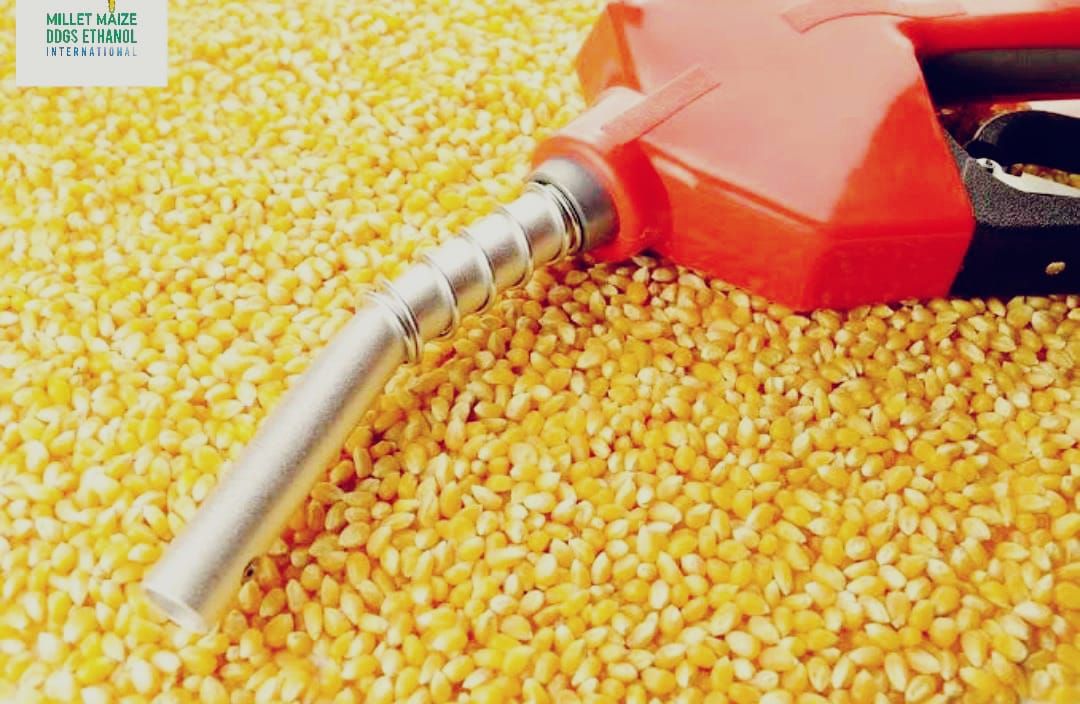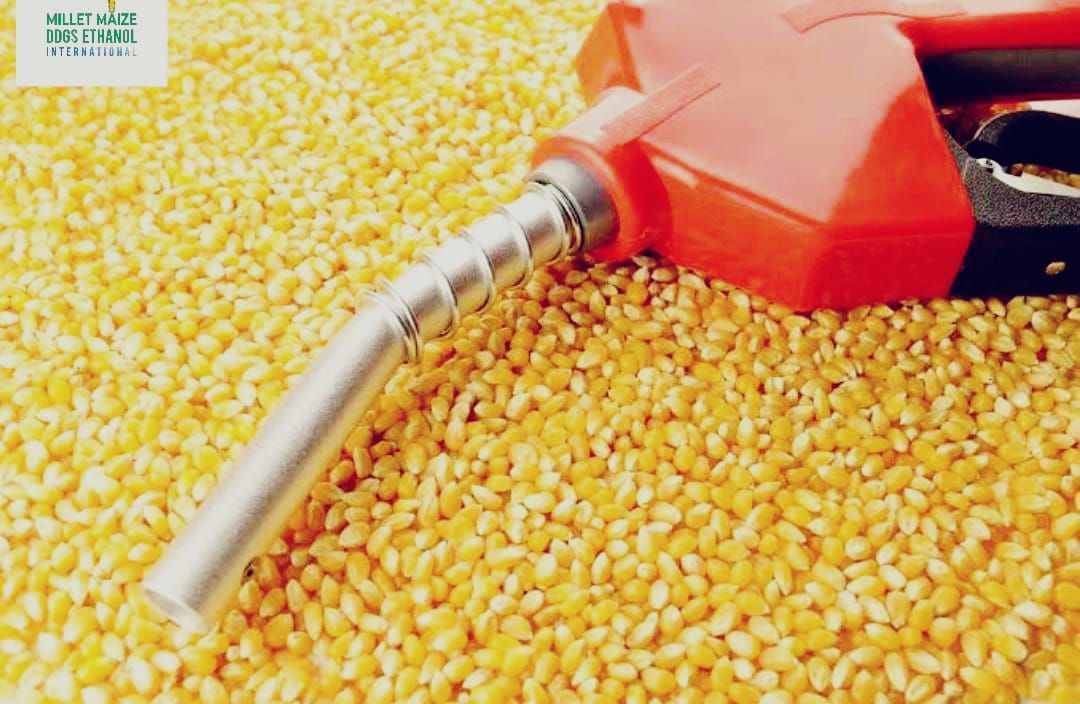
Brazil’s long-standing biofuel industry has been built around sugar-cane ethanol via the Proálcool programme. Now, corn-based ethanol is rapidly growing, and analysts project that by around 2034, corn ethanol production capacity in Brazil could reach ≈ 24.7 billion litres, nearly matching sugar-cane ethanol’s projected ~25 billion litres. The implication: by around 2034 about half of Brazil’s ethanol output could come from corn rather than sugar-cane.
Key advantage: Corn-based ethanol is more cost-efficient in Brazil’s context. For example, a plant in Maranhão (Northeast Brazil) supplying corn ethanol is doing so at a lower price even after ~1,000 km freight, compared to local sugar-cane ethanol.
Sugar-cane ethanol growth has stagnated in Brazil, meaning sugar-cane ethanol output is not expected to expand significantly in the next decade. Meanwhile, corn production in Brazil has surged (especially second-crop corn in the Central-West/Matopiba region) — providing abundant feedstock for ethanol. The cost structure for corn-based ethanol is favourable in many cases: cheaper raw material, improved logistics in key production zones, etc. Biofuel policy and investment are shifting: Brazil is expected to require ~US$20 billion investment by 2035 in its biofuels chain, with corn ethanol expected to take a larger share of the ethanol supply.
In Brazil’s Northeast (traditionally sugar-cane ethanol stronghold), corn ethanol from Maranhão is gaining favour due to competitive pricing despite transport costs. The expansion of corn ethanol plants is heavily focused on the Central-West and Matopiba regions (which are major grain/corn producing areas). Many sugar cane mills may shift focus toward sugar production rather than ethanol, if ethanol margins from sugar-cane decline relative to corn ethanol. If corn ethanol takes a large share, sugar-cane ethanol mills might face competitive pressure, which could reshape investments, land use, crop allocations. The shift might have environmental, social and land-use implications: more corn acreage, possibly changes in land competition between sugar cane, corn, other crops. Infrastructure: logistics (transporting corn, building ethanol plants), feedstock supply chain will matter. Policy/regulation: Biofuels blending mandates, incentives, pricing structures will influence how fast the shift happens.



